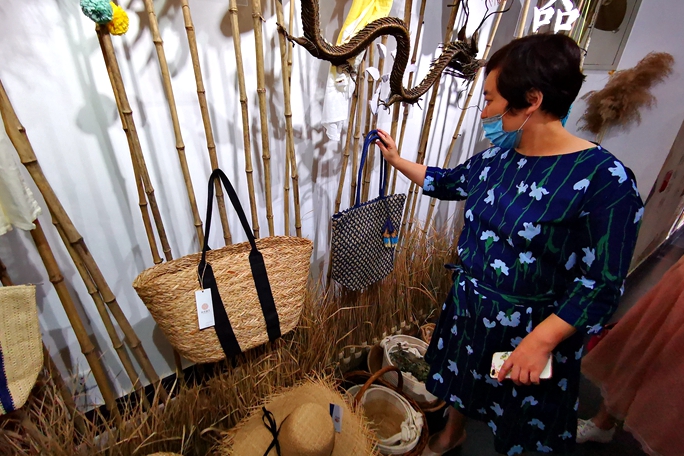Shandong makes efforts to protect intangible cultural heritages
Shandong, a province rich in cultural heritages, has been paying great attention to cultural legacy protection.
To date, Shandong has eight projects ranked on the UNESCO's Representative List of Intangible Heritage of Humanity, 173 on the national list, 751 on the provincial-level list, 2990 on the municipal-level list and 9369 on the county-level list. It now has 51 national-level inheritors, 296 provincial-level inheritors, 2063 municipal-level inheritors and 5916 county-level inheritors.
Shandong always puts historical and cultural heritage protection first when it formulates plans. It develops feasible programs to do everything possible to retain and develop the most excellent culture and local customs.
Most intangible cultural heritages in national historical and cultural cities such as Jinan, Yantai, Tai'an, Liaocheng, Qingzhou, Qufu and Zoucheng are integrated into local economy, society and culture with an open attitude, becoming these cities' personalized labels and cultural cards.
Over the past 10 years, Shandong protected intangible cultural heritages' key skills by encouraging people to do business and innovation related to those skills, the "Shandong mode" of protecting intangible cultural heritages.
The intangible cultural heritage project of Longshan black pottery offered job opportunities to more than 5000 local people, and the Gaoqing coarse cloth project carried out off-line sales and on-line sales to promote the traditional craft and employment. Weifang city invested 500,000 yuan ($79,684) in the "9000 embroidered girls training project" to teach local people for free.
These projects offered opportunities for employment and start-up companies, driving the development of villages by productively protecting intangible cultural heritages and expanding their cooperation with local tourism industry.
"By constant exploration, innovation and practice, Shandong province is gradually playing a leading role in intangible cultural heritage protection. It makes every effort to protect the memory of villages, which has become a example of intangible cultural heritage protection," said a leader of the provincial department of culture.
"With the arrival of industrialization, a large number of traditional villages are fading away which means villages' cultures are losing their charm," said Li Ruihua, a CPPCC member of Shandong province.
According to Li, the policies and measures that revitalize villages and intangible cultural heritages taken by the Shandong province have revived and enriched village culture, making sure the traditional farming culture can be passed down.

 Shandong Culture and Tourism Consumption Season
Shandong Culture and Tourism Consumption Season Culture, tourism sectors pick up in Shandong as epidemic wanes
Culture, tourism sectors pick up in Shandong as epidemic wanes

